Hey world! It's us again :) This time we're gonna talk about our means of research for this project.
As mentioned in the previous devlog, we went to Marinha Grande's Glass Museum for research purposes. Upon arriving, we were asked to visit the local artisans next door before the exhibitions and we got to see glass art being made in front of us! The kind men in the workshop were talkative and explained all sorts of topics such as the process they were using and which kind of chemical elements are mixed with each batch to produce coloured glass. Here's a glass art piece we saw at the workshop and took a liking to it's complex details:
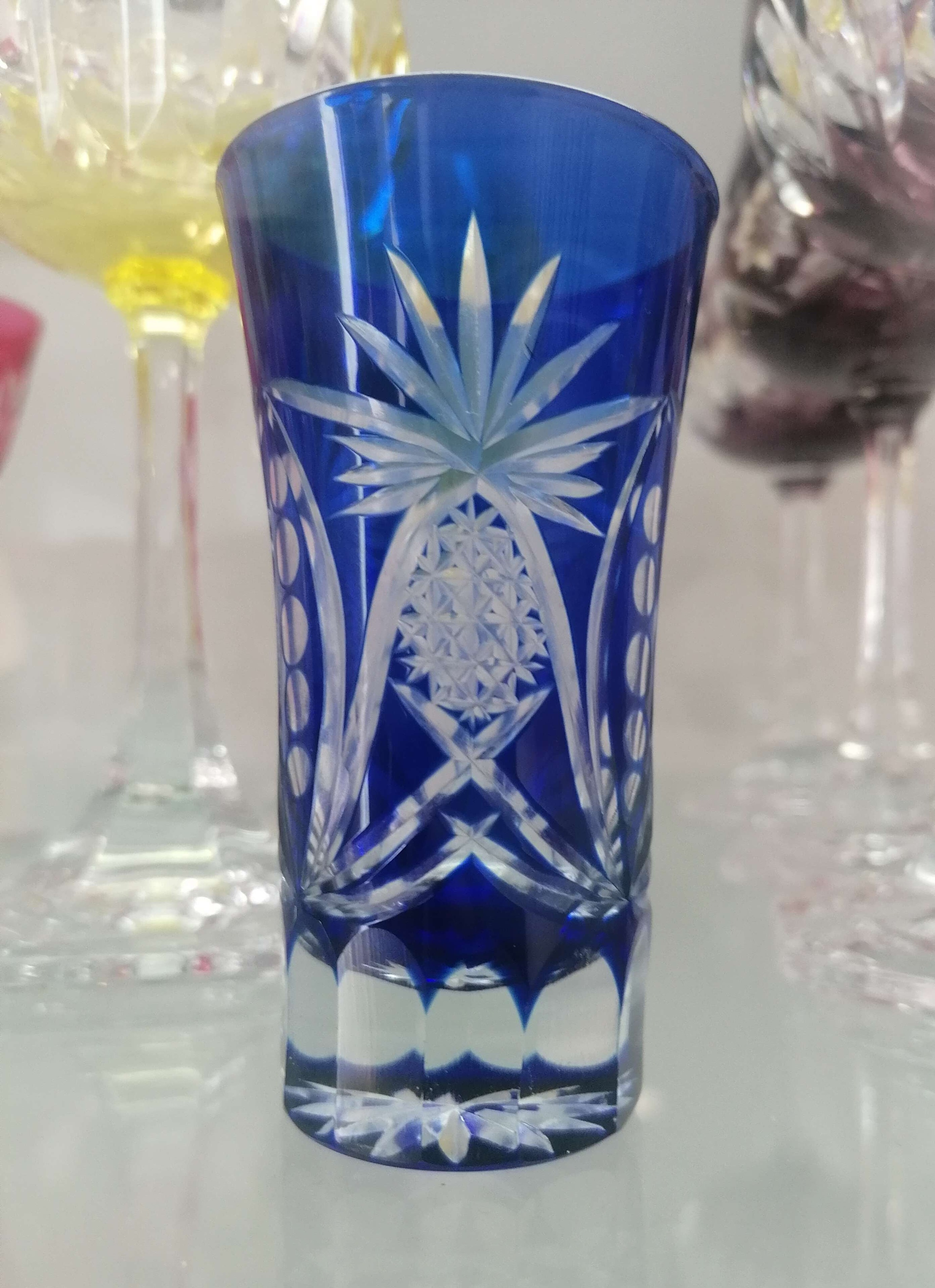
Many Types of Glass Pieces:
During our visit to the Glass Museum, we came across a big amount of gorgeous glass pieces for inspiration. We observed that most pieces in exhibition were tableware ranging from cups to plates and even vases.
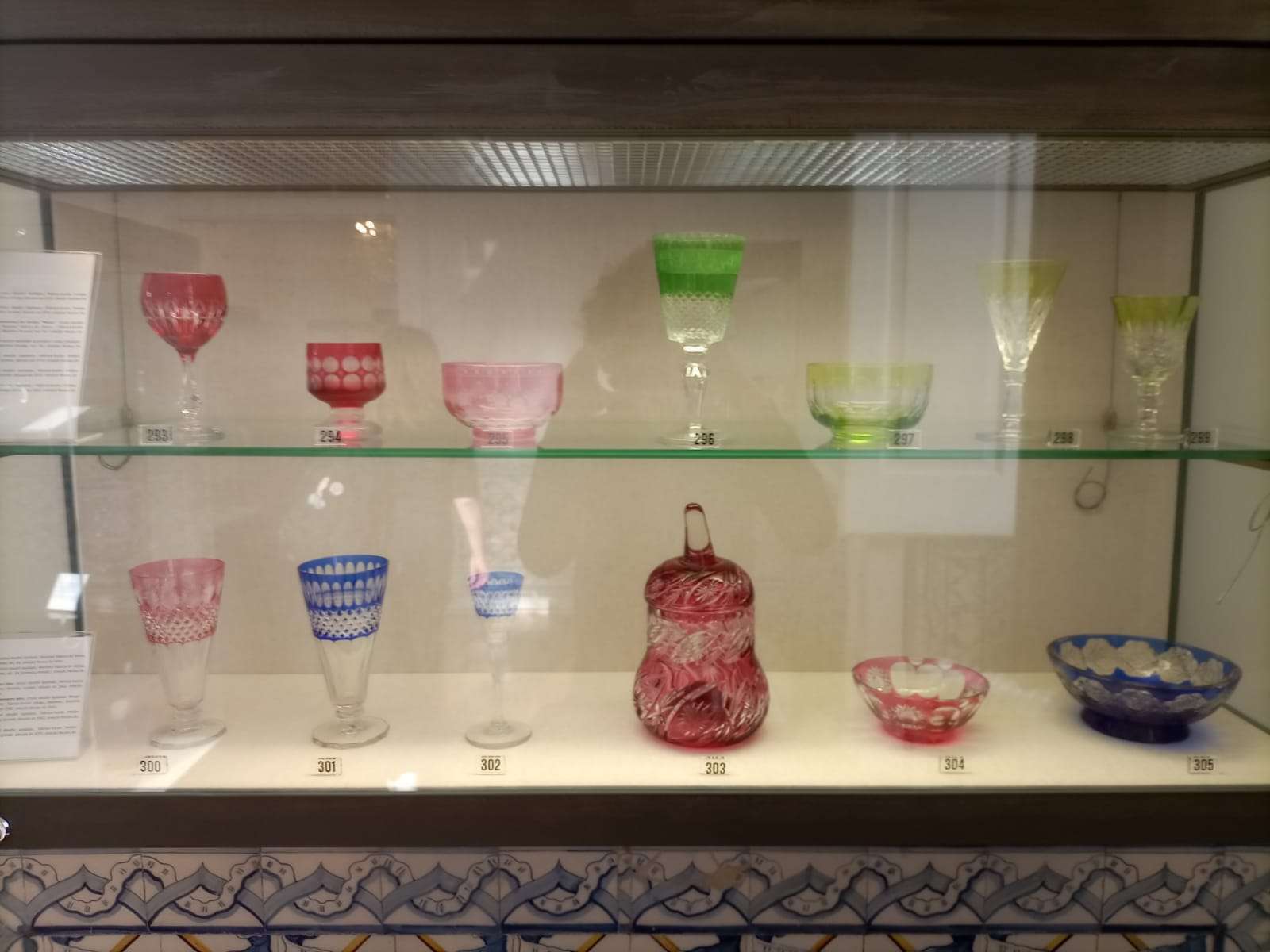
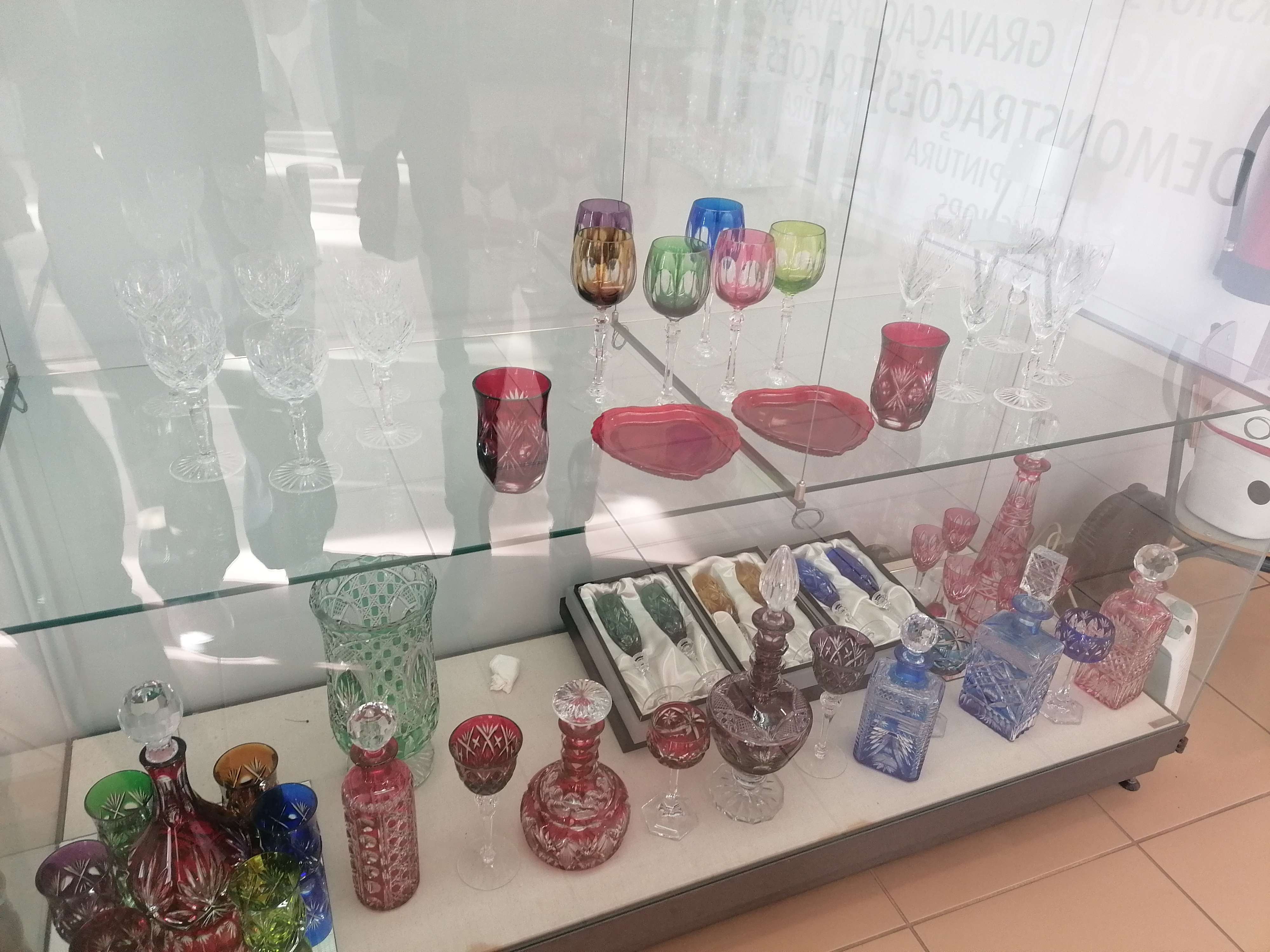
Despite that, there was a significant amount of glass figurines (mostly depicting animals) and even prosthetic and doll eyes of all shapes and colours!
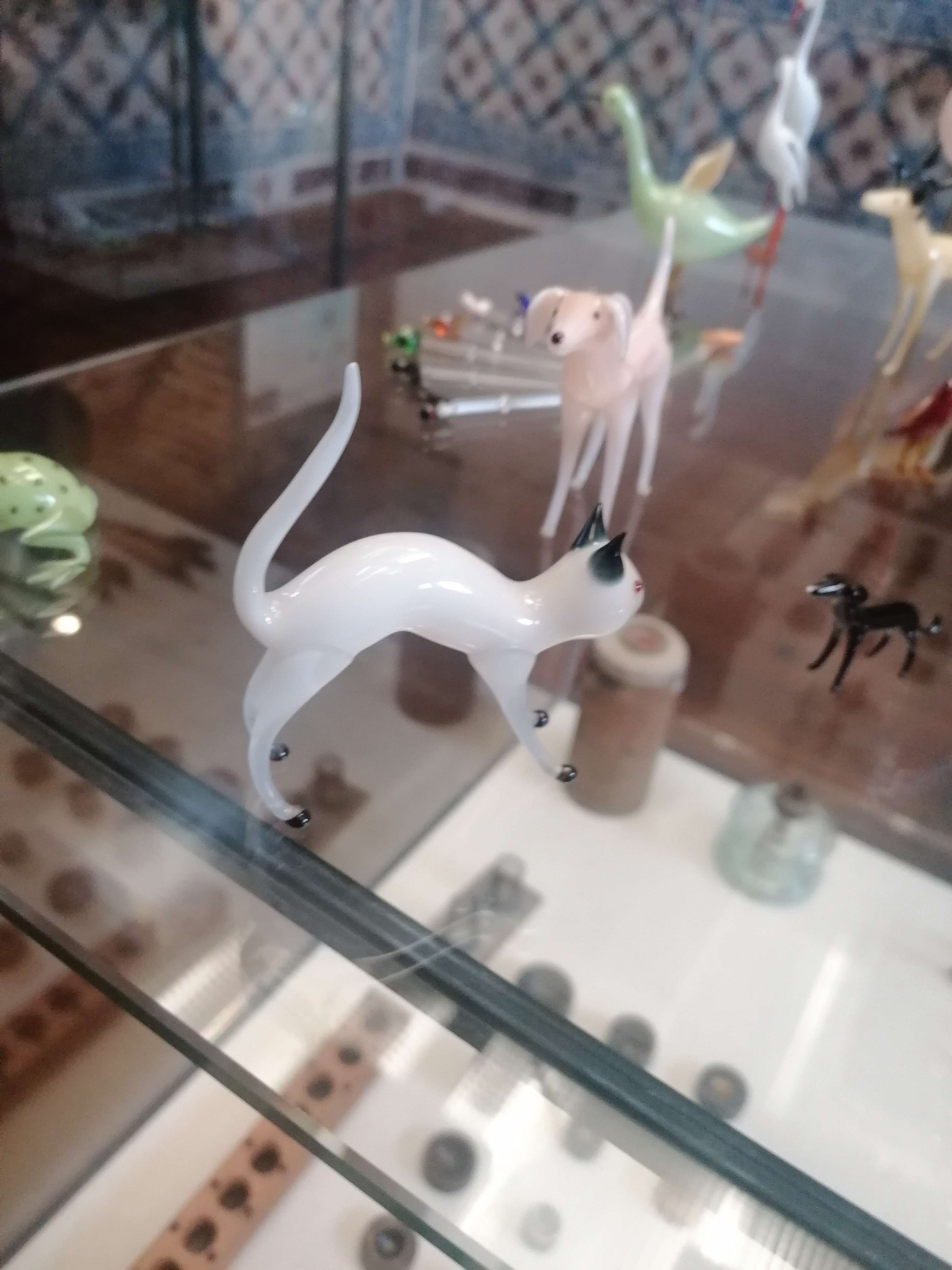
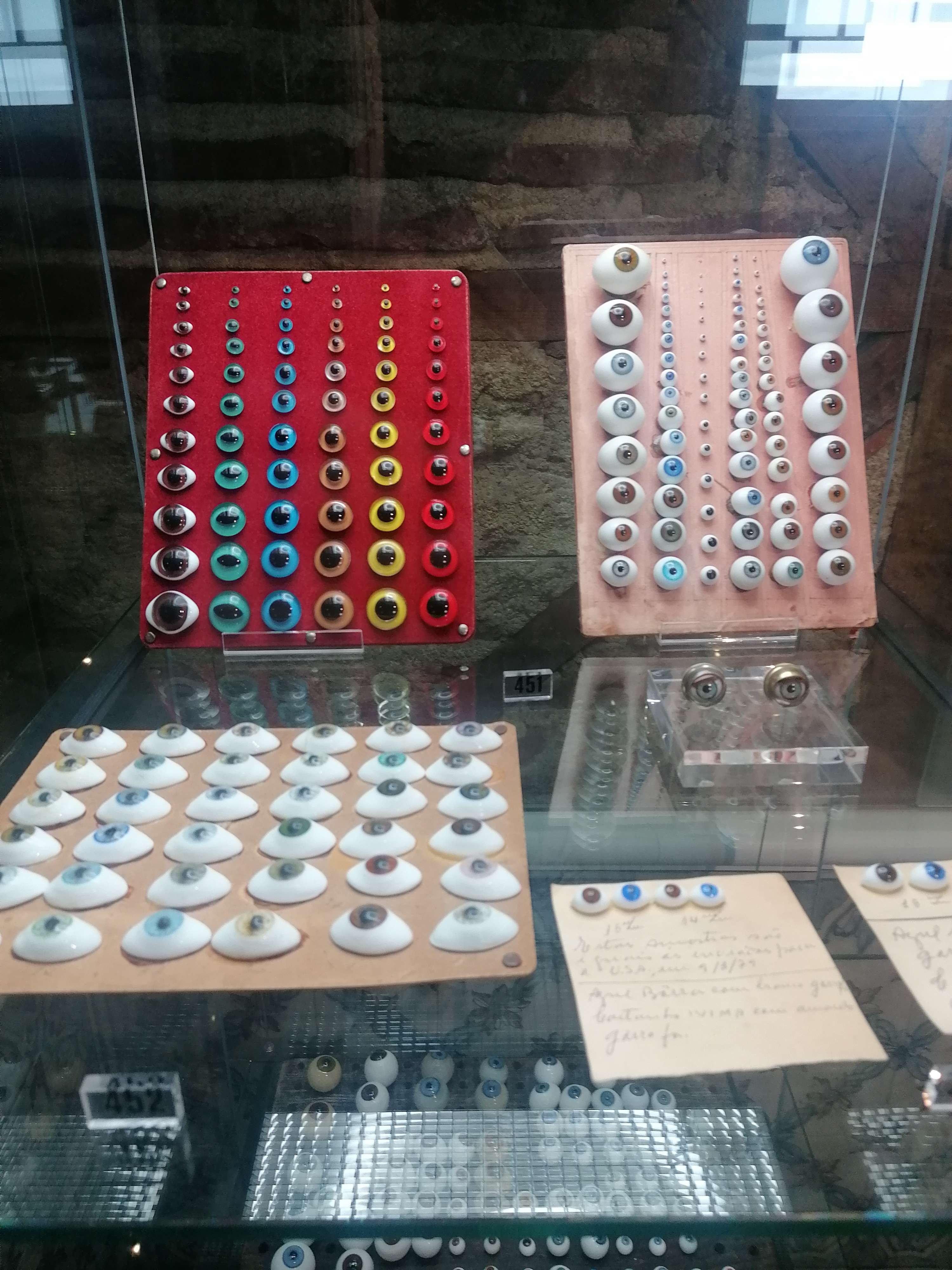
With there being many uses and purposes for different glass pieces, we had to decide which was more fitting for Flopsy Ana. Since our game's story happens during Easter vacation, we decided that Beatriz would be making glass figurines of bunnies and eggs which many godparents would be buying for their godchildren in this period of the year.
Glass Painting:
There's two main methods to achieve some type of decoration on glass with color: coloring it in the sculpting process by adding certain metal oxides to the raw material, giving it a certain color upon fusion and cooling; painting freehand or with paper/card templates the surface of the glass and baking the paints. Baking isn't mandatory as it's also possible to paint the cooled glass but it won't be as durable. These methods can be used together on the same piece and also along with other methods such as decals.
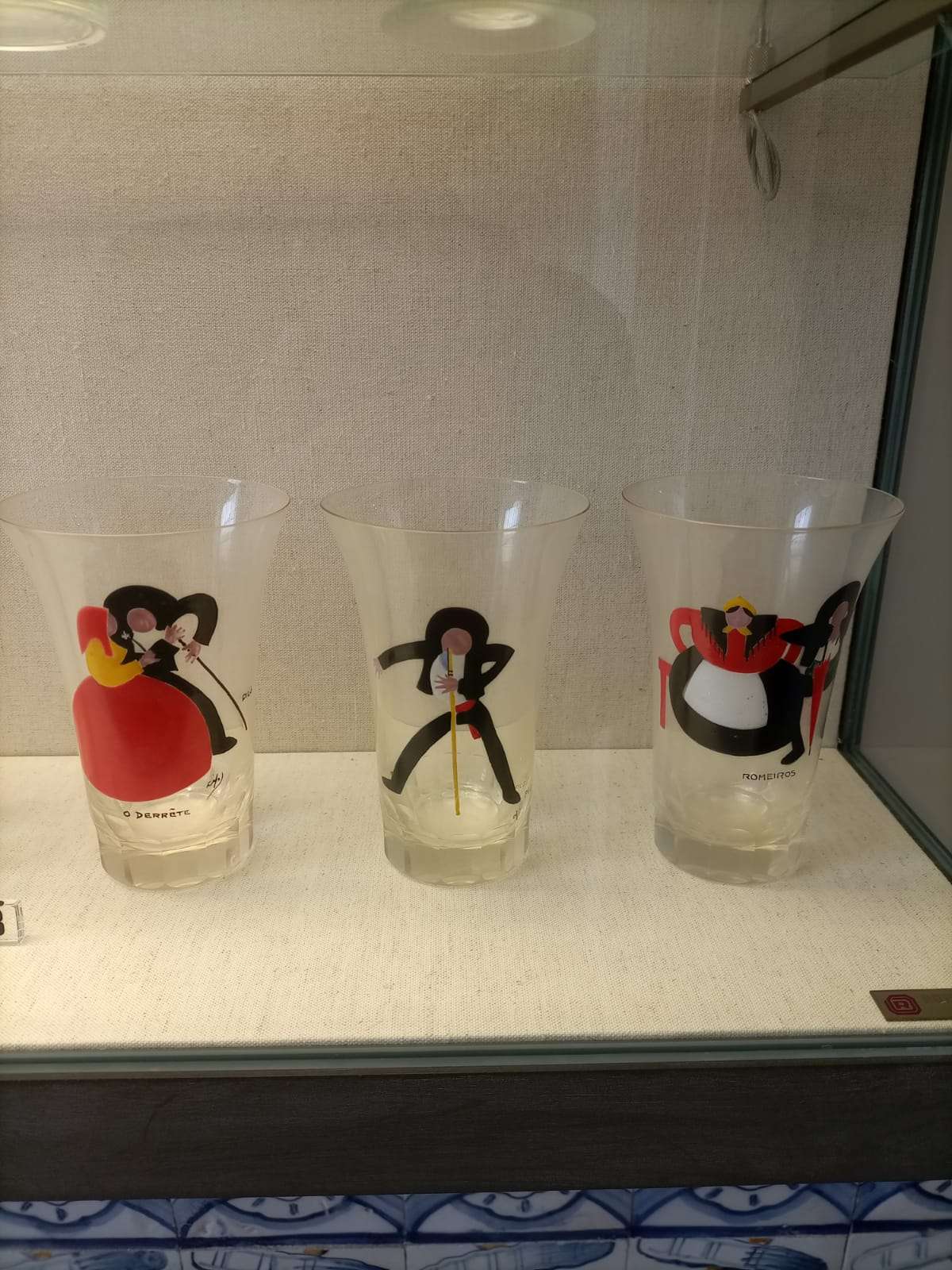
Lampworking:
The chosen techinque for the glass art made in Flopsy Ana is called lampworking. In Portugal, it is unknown when this technique started being used but according to the Glass Museum's wall labels, with all sorts of information on glass working, the use of butane/propane blowtorches was started in the 1950s to manually produce ampoules and laboratory glasses. In the beginning, they would manually manipulate glass tubes into the desired shapes (such as scientific instruments for laboratory work, ampoules for storing medicine or IV fluids) until factory work became a lot more automated. On the side, glass workers would go home to their personal workshops and do all sorts of glass pieces with scientific, decorative or adornment purposes. This made some people become more specialized and leave factories to commit to it full-time on their own, such as Grandfather Zé in our game.
This is what we were able to gather from the information displayed on the exhibition and the conversations with the local artisans during our visit. We hope you learned something interesting while reading as you'll learn a lot more in our game through the stories and knowledge of Grandfather Zé. Now I'll leave you with these creepy eyes with luscious lashes, hopefully you win the staring contest.
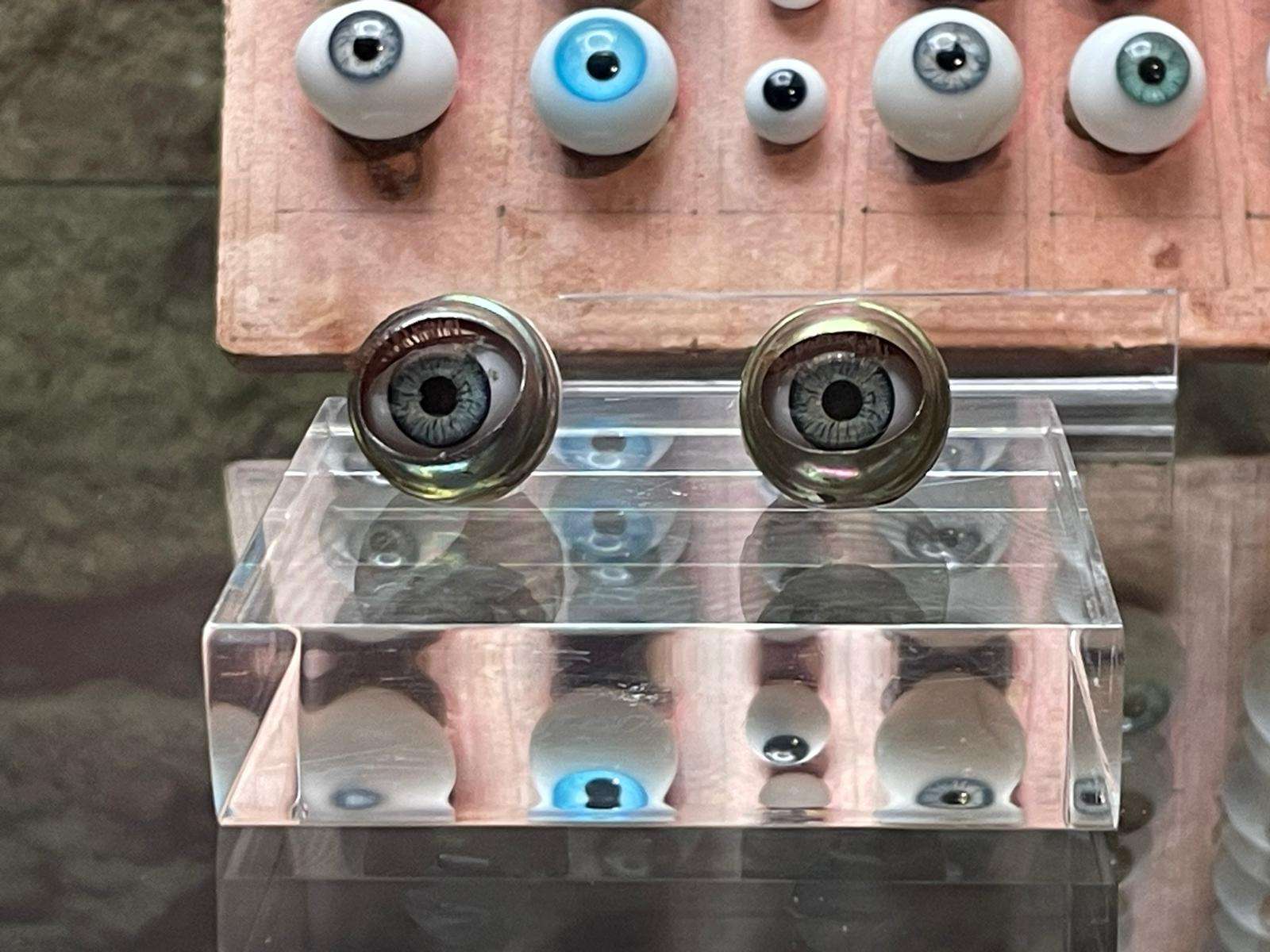
Goodbye World!

Dev Log 1 | The Shaping of Flopsy Ana
NewsFrom the raw idea to shaping it into pre-production, in this article the first stages of developing Flopsy Ana is going to be laid out to you.












